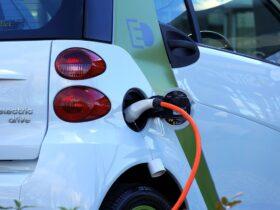By JOVI LOO LEK YANG
It is exciting to hear that Singapore’s first large-scale electric car-renting service will start in December (“Electric car-sharing services to hit roads in December”; Sept 27).
Successfully implemented, this initiative could bring us one-step closer to our vision of a “car-lite” nation, as outlined in the Sustainable Singapore Blueprint.
However, I foresee two challenges that the operator, BlueSG, needs to overcome to encourage widespread adoption of its service.
The first difficulty would be the competition against ride-sharing platforms such as Grab. Just a few months back, Grab announced that it had raised US$2 billion (S$2.72 billion) from Japan’s SoftBank Group and China’s top ride-hailing firm, Didi Chuxing, and these will go towards improving infrastructure, as well as its payment platform.
At the consumer level, we can expect ride-sharing services to be cheaper and more convenient.
In order to compete and appeal to the market, the service offered by BlueSG must be affordable. To reduce the cost for individual consumers, the company can take the cue from ride-hailing companies to offer a carpooling option.
This strategy fits in well with the one-way mechanism business model, where pick-up location and return location can be different.
The second challenge is related to the charging stations for electric vehicles across the island.
Unlike traditional vehicles which can refuel in minutes, the time taken to charge an electric car ranges from 30 minutes to eight hours, depending on the type of batteries, vehicle models, and charging infrastructure. Imagine renting an electric car, only to discover to your frustration that it is running low on battery.
The plan is for 1,000 BlueSG cars to hit Singapore’s roads by 2020, in addition to 500 charging stations and 2,000 charging points — 400 of them for non-BlueSG users.
In deploying these stations, it will be important to assess the locations of these charging stations, along with the average time the electric cars may travel before the batteries deplete, the queuing and charging times, and the space alloted for other electric private vehicles tapping the same power at each vicinity.

Electric car-sharing service appealing, but has its problems
Posted by
Jimmy_Lecar
7 years Ago
14th November 2017
What’s your reaction?
Shares
Jimmy_Lecar














